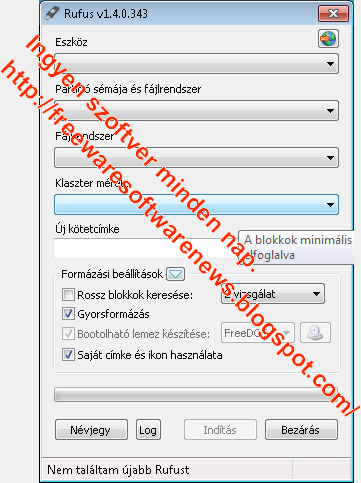

✔ Create a bootable disk using: ISO image (here you need to select your 64-bit Windows 10 ISO file from your computer) ? Partition scheme and target system type: GPT partition scheme for UEFI To create a UEFI boot USB, select the following options, and click Start:

We choose Rufus because it’s free and tends to be faster than other alternatives like UNetbootin, Universal USB Installer, Windows 7 USB download tool, or WintoUSB. ? By slipstreaming all available updates into a Windows 10 ISO fileĭownload Rufus from the official website, either in regular or portable version. ? By converting an official Windows Update ESD file into ISO format ? From an unofficial source (not recommended) There are several ways you can obtain an ISO: It can also be better if you don’t have enough space on your C:/ drive for the Media Installation Tool to function.
#RUFUS 1.4.10 .514 HOW TO#
For example, if you followed our how to download Windows 10 ISO files guide and have a disc image lying around already. The in-built Windows 10 download tool is good enough, but there are some instances where you might want to use third-party tool Rufus. How to Put Windows 10 on a USB Drive via ISO with Rufus (Legacy or UEFI) When everything has been written to the drive, the Media Creation Tool will display the message “Your USB flash drive is ready”. The download may take some time, depending on your internet connection, the speed of your hard drive, and the speed of your USB stick.
#RUFUS 1.4.10 .514 INSTALL#
Agree to install Windows 10 to a USB flash drive.Again, you can find your architecture in your System Information app, but you can always choose both if you have the space on the USB drive.
#RUFUS 1.4.10 .514 LICENSE KEY#
Check your license key to see if you want a Windows 10 Home or Windows 10 Pro download, and select 64-bit or 32-bit. When you install Windows 10 to a USB, Microsoft asks you to choose the system’s architecture, language, and edition.


 0 kommentar(er)
0 kommentar(er)
